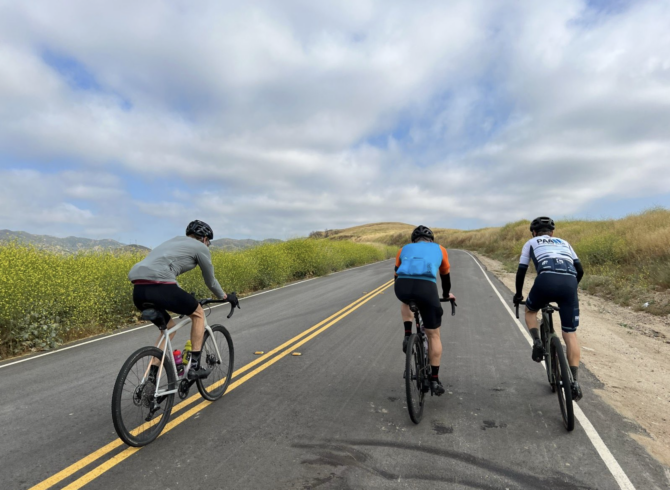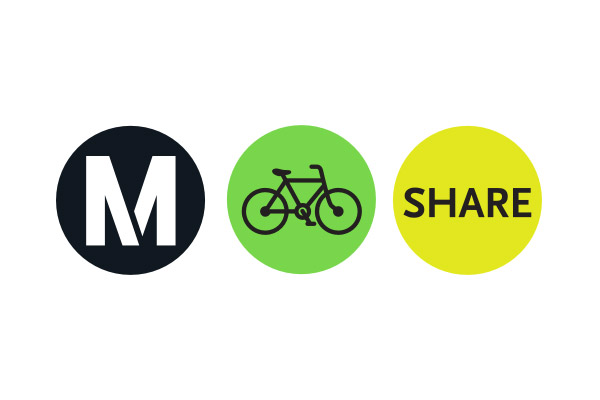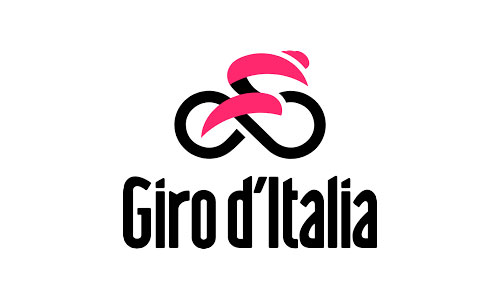The bike industry is never stagnant with new tech and trends emerging all of the time. Here, we take a look at the top five current trends
By Alex Hunt
Bike tech continues to grow and expand into new areas, pushing the boundaries of cycling further and further. The cycling industry is not one to be caught resting on its laurels and just when you think there might be a momentary lull, something new becomes the latest trend to spawn development and progression.
Although the gravel bike revolution is far from over, a new bike trend is currently taking the limelight. All-road bikes are becoming more and more versatile, representing a bike that can masquerade as a road bike one day and a gravel bike the next. With brands pushing tyre clearances to the max, it is becoming hard to separate where an all-road bike ends and a gravel bike begins. It doesn’t just end there though, with plenty of other developments continuing to drive the industry forward.
Here we have our top-five trends of the moment that we think you should know about.
All-road bikes
Although not necessarily new, the all-road bike is something that a lot of brands are now doubling down on. Essentially an all-road bike occupies the grey and undefined area between a road bike and a gravel bike. The latest generation of all-road bikes such as the ENVE Fray, BMC Roadmachine and Parlee’s Ouray all blur the boundaries between what we consider a road and gravel bike to be.
This latest batch of all-road bikes are developed not for the rigours of WorldTour racing, nor are they optimised in every way to be as efficient as possible at 50kph. Instead, they are built for cyclists who ride for fun and might want to explore beyond the tarmac from time to time.
Photo courtesy of Canyon











